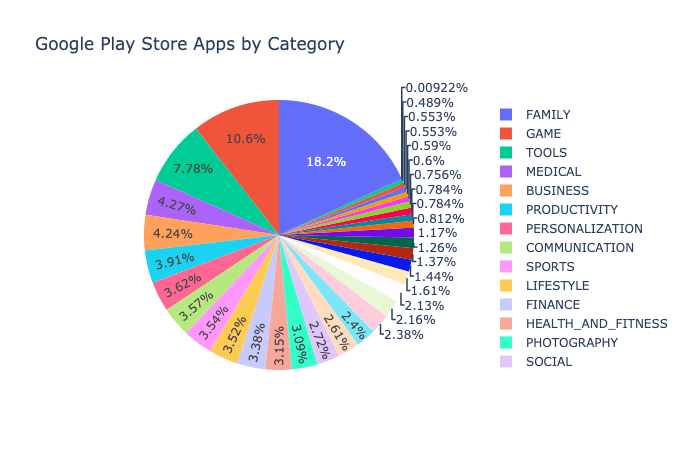In your initial post, share one example of a good graphical representation of data and one example of a bad graphical representation of data. These can be anything you find online, in print, or elsewhere. For each of your two examples, include why you think they are good and bad representations respectively.
In your initial post, share one example of a good graphical representation of data and one example of a bad graphical representation of data. These can be anything you find online, in print, or elsewhere. For each of your two examples, include why you think they are good and bad representations respectively.
You can include visuals and explain why they are good visual representations or bad visual representations, respectively.
EXAMPLE BELOW!!!!!!!

This graph is easy to read at a glance. The colors separate the columns well, and they are the same width. The vertical data is measured evenly and there are not a lot of unnecessary numbers above the data totals. The problem with it is that once it is removed from the text, the during and after labels don’t tell us what we are measuring exactly. In the article it is explained in the caption, so I feel as though it is an example of a good graphical representation of data.
This pie chart is not easy to read. There are entirely too many categories listed. The labels have to be squeezed together for this reason, so the data is hard to decipher. This would have been better represented by a bar chart (Thales, 2020). For these reasons, I think that this is a bad graphical representation of data.
References:
Gao, T., & Gurd, B. (2019). Hospital size. Chart. BMC Health Services Research, 19(1), 6. https://doi-org.ezproxy.snhu.edu/10.1186/s12913-019-3907-6
Thales, B. (2020). Don’t use pie charts. DEV. https://www.dev.to/thalesbruno/don-t-ues-pie-charts-4177
USEFUL NOTES FOR:
graphical representation of data
Introduction
A graphical representation of data is an effective way to communicate information. It can simplify the meaning of your data and help you understand it better. You can use a line chart, bar chart or histogram to help display information about your sales numbers by month or quarter; you might also want to use a pie chart if there are many categories involved (such as product categories).
Line chart
A line chart is a type of chart that displays information as a series of data points connected by straight line segments. The most basic and commonly used type of chart, it’s used to show trends in data over time.
For example, if you had access to stock prices over time (say, from January 1 through December 31), you could create an interactive line chart showing how each month’s price changes compare with the previous year’s values.
Bar chart
A bar chart is a graphical representation of categorical data. The bars are used to show the frequency of each category, and their height represents that particular category’s frequency. Usually, these bars are grouped together by category (e.g., “White” and “Non-White”).
Histogram
A histogram is a type of bar chart that displays the distribution of data. It’s used to show how many values fall in each category, or quartile.
For example, if you have 100 students and asked them how many books they read on average per month over the last year, then you could make a histogram showing their literacy levels along with their gender and age (if applicable). You’d see that most students read more than one book per month while others only read one book/month.
Pie Chart
A pie chart is a circular chart divided into sectors, each of which represents a portion of the whole. Pie charts are used to display proportions—that is, how much something contributes to other elements in a group or organization. They’re also less effective than other types of charts because they don’t allow you to compare data directly with one another and make comparisons across multiple datasets difficult at best.
A common misconception about pie charts is that they’re only useful for displaying percentages; however, this isn’t true: You can use them for any kind of proportional measure (such as costs) if you want!
graphical representation
A graphical representation is a way to visually communicate information.
It’s the same concept as data visualization, but it’s usually done with an image instead of a bar graph or pie chart.
Conclusion
graphical representation of data has been the focus of many researchers in recent years, and it’s only going to become more important as time goes by. In this blog post, we went over some of the most common graphs you can use in your applications today. However, there are many other types of graphs available to you—the key is just knowing what kinds of information are most useful for your business or project needs. The best way to find out which graph is right for you is by experimenting with different options until you find something that works well for your specific situation.